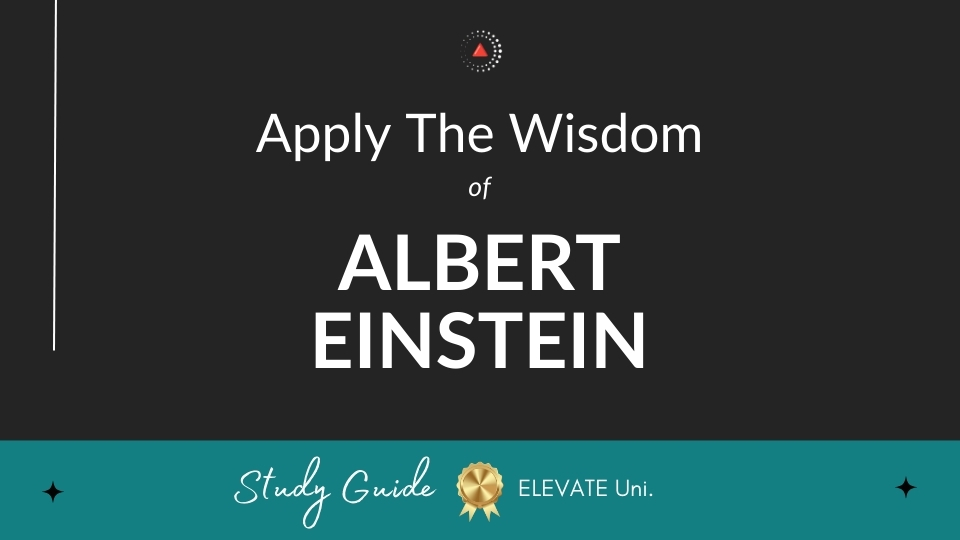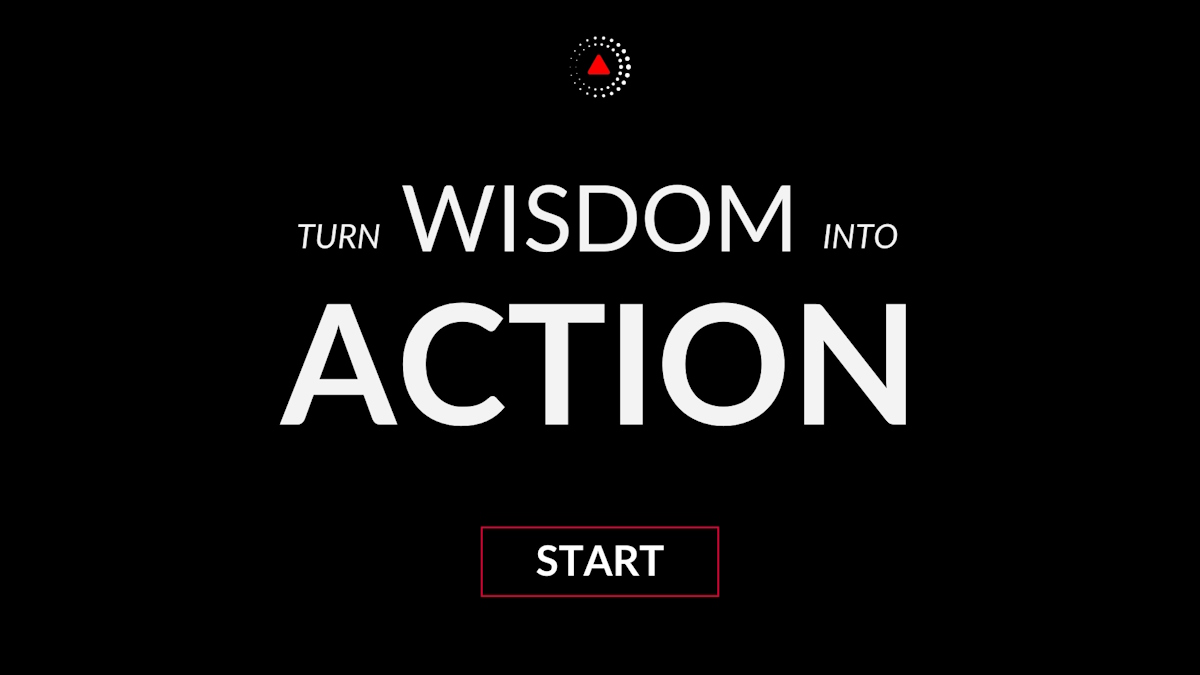Most people see what is, and never see what can be.
What's the meaning of this quote?
Quote Meaning: The essence of this quote delves deep into the human psyche, unraveling the layers of perception and imagination. At its core lies a profound observation about how individuals interact with the world around them. "Most people see what is" encapsulates the notion that the majority of us tend to perceive things as they currently exist, within the confines of their present state. It speaks to the human tendency to observe and acknowledge the tangible, the evident, and the immediate aspects of our reality. In essence, it highlights our capacity for recognizing the surface level of existence, the status quo, or the current circumstances.
However, the crux of the quote emerges with its latter half: "and never see what can be." Here lies the poignant reflection on the limitations of perception. It unveils the notion that many fail to envision the possibilities that lie beyond the present moment. It implies that while most people can discern what currently exists, they often overlook the potential for change, growth, and transformation. This aspect of the quote underscores the human tendency to become complacent with the status quo, to accept things as they are without considering alternative outcomes or envisioning a different reality.
In essence, the quote invites contemplation on the nature of perception and imagination. It prompts individuals to reflect on their own cognitive processes and how they engage with the world around them. By juxtaposing "what is" with "what can be," it encourages a shift in perspective – from mere observation to active imagination. It challenges individuals to break free from the constraints of the present and explore the realm of possibilities that lie beyond. It beckons them to cultivate a mindset that is open to change, innovation, and the realization of potential.
Moreover, the quote carries a subtle undercurrent of empowerment. It suggests that those who possess the ability to see beyond the surface, to envision what could be, hold a distinct advantage. They are not bound by the limitations of the present but are instead driven by a sense of possibility and potential. In this light, the quote serves as a reminder of the transformative power of vision and imagination. It encourages individuals to cultivate a proactive approach to life, one that is characterized by creativity, innovation, and the relentless pursuit of what could be.
Ultimately, this quote serves as a poignant reminder of the intricate interplay between perception and imagination. It urges individuals to transcend the confines of the present moment and embrace the boundless potential that lies within their grasp. It invites them to see beyond what is immediately apparent and to envision a reality that is shaped by their dreams, aspirations, and limitless imagination. In doing so, it sparks a sense of curiosity, wonder, and possibility – illuminating the path towards a future that is waiting to be realized.
Who said the quote?
The quote "Most people see what is, and never see what can be." is often attributed to Albert Einstein (Bio / Quotes). Albert Einstein was a German physicist and Nobel Prize winner who is widely regarded as one of the most influential scientists in history.
Applying the quote to your life
Unlock Einstein's wisdom and apply it to your life by getting the in-depth Albert Einstein Workbook & Study Guide, complete with top quotes, insightful commentary, reflective questions, and practical uses for everyday life. 👇
To apply more wisdom, get the All-Access Pass, which includes hundreds of study guides from the world's top minds. These include deep insights from individuals such as Nelson Mandela, Steve Jobs, and Albert Einstein, as well as some of the top authors and personal development books.
What are Albert Einstein's Best Quotes?
Watch on Elevate's YouTube channel and be sure to subscribe for more wisdom and insights from the world's top minds.
Subscribe on YouTube to get the latest quote videos delivered straight to you:
Is there a historical example that illustrates the message of the quote?
A historical example that captures the essence of the quote "Most people see what is, and never see what can be" is the life and work of Steve Jobs, particularly during the early years of Apple Inc. In the late 1970s and early 1980s, when Jobs co-founded Apple, the computing industry was largely dominated by clunky, expensive machines that were accessible only to businesses and tech enthusiasts. The prevalent mindset of the time focused on incremental improvements to existing technology, reflecting a view of "what is" rather than "what can be."
Jobs, however, saw beyond the status quo. He envisioned a future where personal computers would be intuitive, affordable, and accessible to everyone, not just experts or large corporations. This vision led to the creation of the Macintosh, a revolutionary product that introduced a graphical user interface and made computing more user-friendly. Jobs' insistence on pushing the boundaries of what was possible, rather than settling for what was currently available, transformed the technology landscape and established Apple as a leading innovator.
This example illustrates how Jobs was able to see "what can be"—a personal computing revolution—despite the prevailing limitations of the time. His ability to envision a radically different future, and his determination to realize that vision, underscores the core message of the quote. By looking beyond the existing state of affairs, Jobs was able to bring about groundbreaking changes that redefined the industry and people's everyday lives.
How can the quote be applied in a real-life scenario?
Applying the quote "Most people see what is, and never see what can be" in real life involves adopting a mindset that transcends current limitations and focuses on potential possibilities. Consider a scenario in a workplace setting where a team is tasked with solving a problem, such as improving customer satisfaction. The team may observe the current situation—customers are unhappy with response times and service quality—and work on incremental fixes like more staff training or slight adjustments to workflows. This approach addresses "what is" but may not lead to a transformative change.
Instead, by embracing the mindset of "what can be," the team could explore more innovative solutions. They might consider integrating advanced technologies like AI-driven chatbots to handle common inquiries more efficiently, or rethinking the entire customer service model to create a more personalized experience. This vision could lead to a significant overhaul that not only addresses the current issues but also positions the company as a leader in customer service innovation.
In everyday life, this principle can be applied to personal goals and growth. For instance, if someone is currently in a job that feels stagnant, they might see only the immediate limitations of their situation, such as lack of advancement opportunities or insufficient challenges. However, by focusing on "what can be," they could explore new career paths, pursue additional education, or develop new skills that open up entirely new opportunities. This shift in perspective can lead to profound personal and professional growth, driven by a vision of what is possible rather than a focus on present constraints.
In essence, embracing the idea of "what can be" encourages proactive thinking and creative problem-solving, fostering innovation and progress in various aspects of life.
Chief Editor
 Tal Gur is an author, founder, and impact-driven entrepreneur at heart. After trading his daily grind for a life of his own daring design, he spent a decade pursuing 100 major life goals around the globe. His journey and most recent book, The Art of Fully Living, has led him to found Elevate Society.
Tal Gur is an author, founder, and impact-driven entrepreneur at heart. After trading his daily grind for a life of his own daring design, he spent a decade pursuing 100 major life goals around the globe. His journey and most recent book, The Art of Fully Living, has led him to found Elevate Society.






















